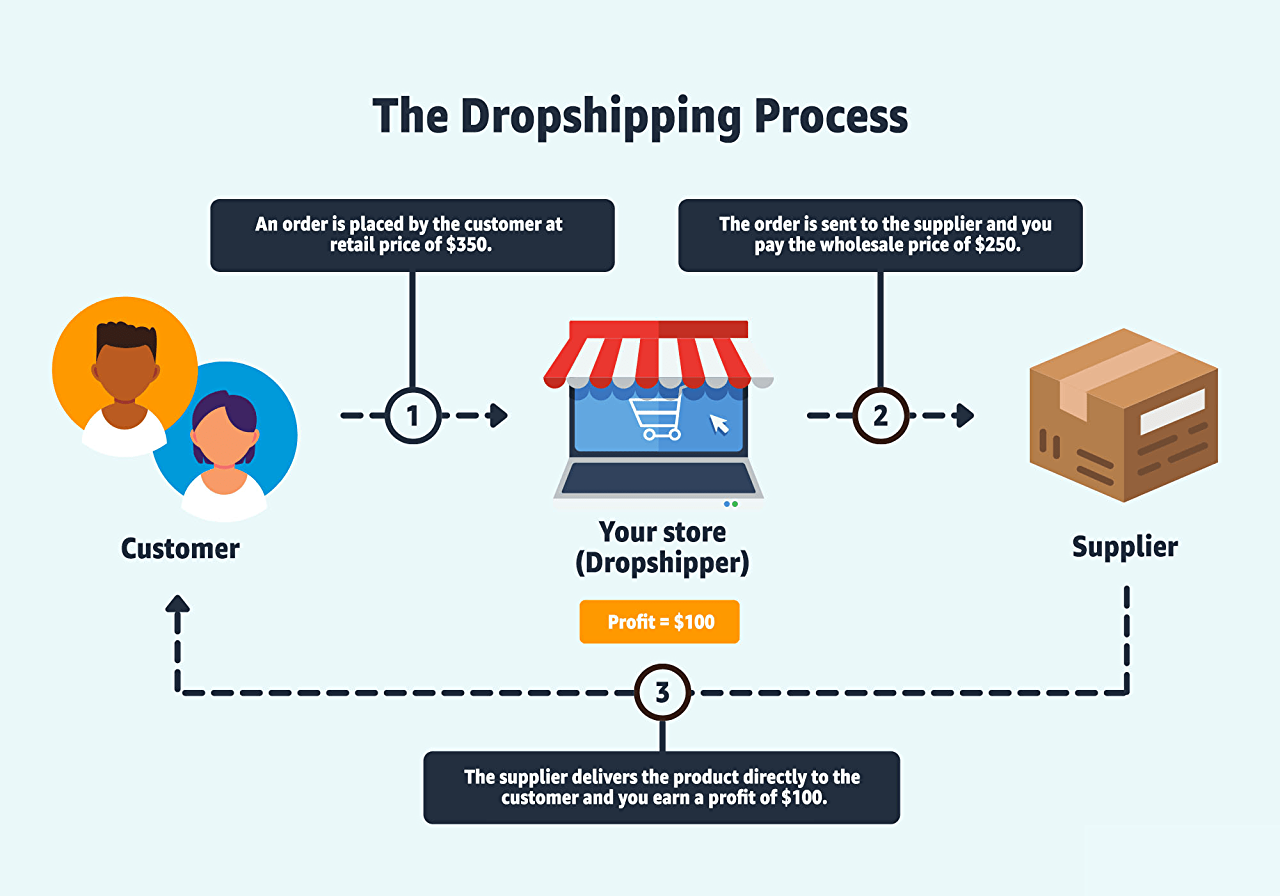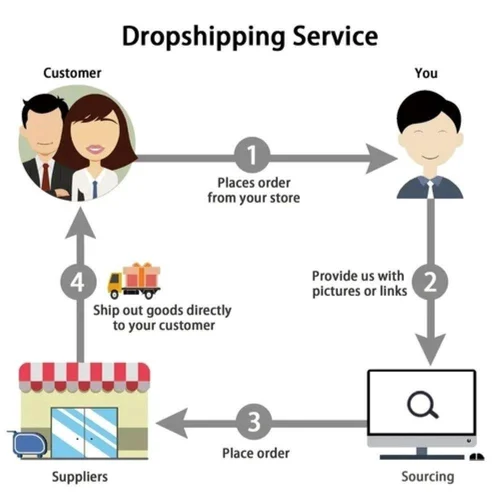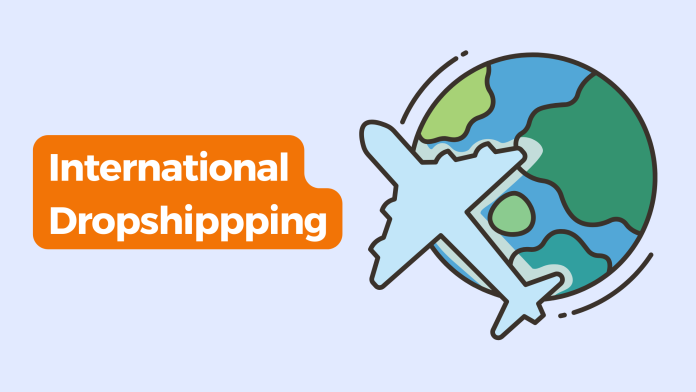Starting an international dropshipping business in 2025 offers exciting opportunities to reach global customers without the need for inventory or warehousing. With e-commerce technology constantly evolving, entrepreneurs can tap into new markets, leverage innovative tools, and establish a brand that resonates worldwide. However, success in this competitive landscape requires understanding the fundamentals, selecting the right niche, and crafting effective marketing strategies. This guide will walk you through the essential steps to launch and grow a thriving international dropshipping venture in 2025.
Understanding the Basics of International Dropshipping in 2025
In 2025, international dropshipping continues to be a flexible and scalable way to start an online business. Essentially, it involves partnering with suppliers who handle inventory and shipping, allowing you to focus on marketing and customer service. The core concept remains the same, but technological advances have made the process more streamlined than ever. You’ll need to familiarize yourself with platforms like Shopify, WooCommerce, or BigCommerce, all of which integrate seamlessly with global logistics providers and payment gateways. Understanding customs regulations and international trade laws is also crucial, as they impact how products are shipped and taxed across borders.
Another important aspect is choosing a reliable supplier network. In 2025, many suppliers are leveraging AI-driven inventory management and automation tools, reducing delays and errors in order fulfillment. These innovations help ensure faster delivery times and better quality control, which are key to building customer trust. Additionally, with the rise of eco-conscious consumers, sustainable sourcing and transparent supply chains have become a differentiator in the international market. Staying up-to-date with technological trends and legal considerations will lay a strong foundation for your dropshipping enterprise.
Finally, it’s essential to understand your target markets’ preferences, currencies, and language differences. Localization—adapting your website, content, and customer service to local contexts—can greatly improve your chances of success. In 2025, multilingual websites and AI-powered chatbots will make it easier to serve diverse audiences efficiently. Grasping these basic principles will help you navigate the complex landscape of international dropshipping and position your business for growth.
Researching Profitable Niche Markets for Global Success
Choosing the right niche is fundamental to standing out in the crowded world of international dropshipping. In 2025, successful entrepreneurs will invest significant time in market research to identify trending products and underserved customer segments. Start by analyzing global consumer trends using tools like Google Trends, social media insights, and e-commerce analytics platforms. Pay attention to emerging markets and products with rising demand, such as eco-friendly household items, health and wellness products, or tech gadgets tailored to specific regions.
Competitor analysis is equally important. Study established brands and smaller players to understand what’s working in different regions. Look for gaps or pain points in existing offerings, which you can address with unique product assortments or better customer service. Additionally, consider cultural differences and regional preferences—what sells well in Southeast Asia might not have the same appeal in Europe. Conduct surveys or engage with online communities to gather firsthand insights that will inform your product choices.
Another strategic approach is to focus on evergreen niches—those with consistent demand over time—rather than fleeting fads. Categories like sustainable fashion, smart home devices, or specialized sports equipment tend to have long-term appeal. Leveraging data-driven insights to find profitable niches suited for multiple markets will give you a competitive edge. Remember, the more targeted and localized your niche, the easier it will be to build a brand that resonates worldwide and sustains your business in the long run.

Setting Up Your Online Store for International Customers
Creating an effective online store tailored for international buyers involves more than just launching a website; it requires strategic optimization for global accessibility. Pick a platform that offers multilingual support, currency conversions, and regional payment options—features that are vital for a seamless shopping experience. Shopify and WooCommerce have developed robust integrations with international payment gateways like Alipay, PayPal, and regional options such as Razorpay or Stripe, enabling customers from different countries to pay effortlessly.
Design your website with localization in mind—use culturally relevant images, language options, and localized content that appeal to regional audiences. Fast loading speeds, mobile-friendly design, and intuitive navigation are essential, especially since many international users access sites via smartphones and varying internet connections. Setting up local domains or subdomains (e.g., .uk, .ca, .au) can also boost trust and SEO within specific markets. Additionally, providing transparent information on shipping policies, customs duties, and delivery times will help manage customer expectations and reduce cart abandonment.
Automation tools will become increasingly important in 2025 for managing international orders efficiently. Integrate your store with global logistics APIs, automated tax calculations, and multilingual customer support chatbots. These technologies streamline operations and create a smooth shopping experience for international customers. By investing in a well-optimized, multilingual, and user-friendly storefront, you lay a solid foundation to attract, convert, and retain buyers from around the world.
Finding Reliable Suppliers and Managing Shipping Logistics
Partnering with dependable suppliers is critical to maintaining product quality and ensuring timely delivery in global markets. In 2025, the best dropshipping entrepreneurs will leverage AI-powered supplier directories and marketplaces, such as Oberlo, Spocket, or AliExpress, which offer ratings, reviews, and real-time inventory data. Establishing strong communication channels with suppliers—preferably through messaging platforms or dedicated portals—will help you address potential issues swiftly. It’s also wise to request samples before launching a product line, ensuring quality standards meet your brand’s expectations.
Shipping logistics have become more advanced with innovations like drone delivery, autonomous vehicles, and integrated warehouse management. Choosing suppliers who partner with reputable fulfillment centers and international couriers like DHL, FedEx, or regional carriers can dramatically improve delivery times and tracking accuracy. Consider offering multiple shipping options—standard, expedited, or express—to accommodate different customer preferences and budgets. Clearly communicate estimated delivery times and customs procedures, especially for markets with strict import regulations.

Managing logistics in 2025 also involves embracing transparency and automation. Use tracking apps and real-time alerts to keep customers informed about their orders, reducing anxiety and inquiries. Establishing reliable return and refund policies that align with international shipping standards will build trust and encourage repeat business. Ultimately, building a network of trustworthy suppliers and efficient logistics management are the backbone of your global dropshipping success, ensuring your customers receive high-quality products on time, every time.
Marketing Strategies to Grow Your International Dropshipping Business
Reaching a global audience requires innovative, localized marketing strategies that resonate across cultures. In 2025, data-driven marketing will be essential—using AI and analytics to personalize content, optimize ad campaigns, and target specific demographics in different regions. Social media platforms like TikTok, Instagram, and regional favorites like WeChat or LINE offer powerful channels for brand awareness and engagement. Influencer collaborations and user-generated content can amplify your reach authentically across diverse markets.
Content marketing remains a cornerstone, with multilingual blog posts, videos, and product guides tailored to local audiences. Investing in SEO strategies that include region-specific keywords and local backlinks will improve your visibility in search engines worldwide. Paid advertising through Google Ads, Facebook Ads, and emerging platforms like TikTok Ads will continue to be effective, especially when combined with geo-targeting and language preferences. Consider partnering with regional affiliates or ambassadors to create a community around your brand and foster trust.
Finally, customer service and reviews play a pivotal role in international growth. Providing multilingual support and responding promptly to inquiries can turn first-time buyers into loyal customers. Encourage satisfied customers to leave reviews and share their experiences, which can boost social proof and attract new buyers. Building a strong brand presence through targeted marketing, quality customer engagement, and continuous adaptation to local trends will help you scale your international dropshipping business successfully in 2025 and beyond.
Launching an international dropshipping business in 2025 is an exciting endeavor that combines innovative technology, strategic market research, and personalized marketing. By understanding the fundamentals, choosing the right niche, and building a robust, localized online presence, you can tap into global markets with confidence. Reliable supplier partnerships and effective logistics management ensure smooth operations, while dynamic marketing strategies help you grow and sustain your business worldwide. With dedication and adaptability, you can turn your dropshipping venture into a thriving international brand in the years ahead.


